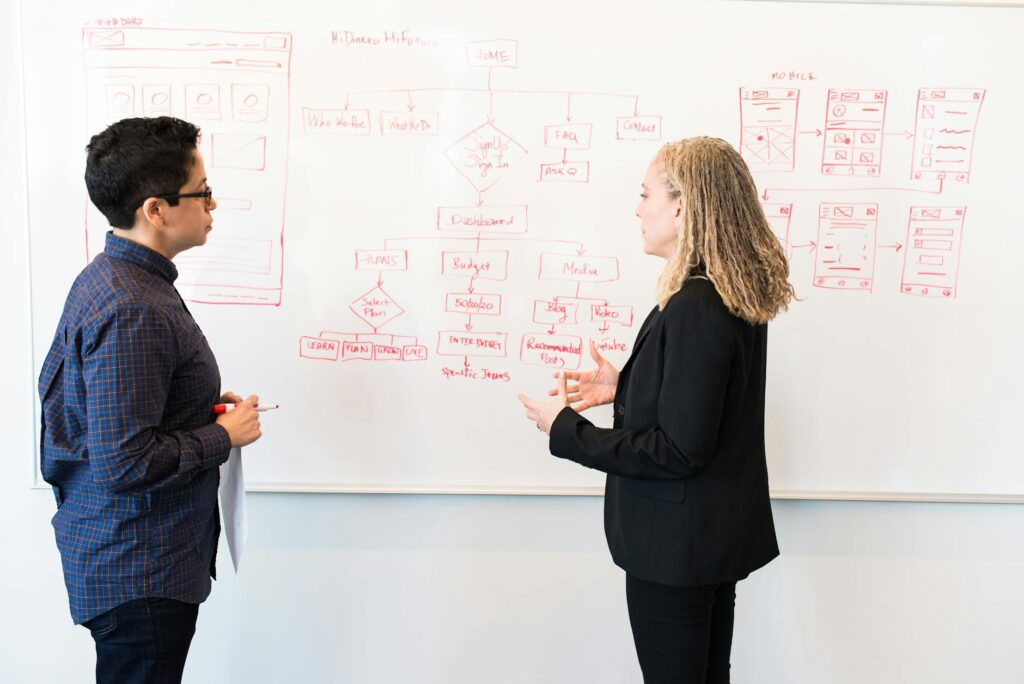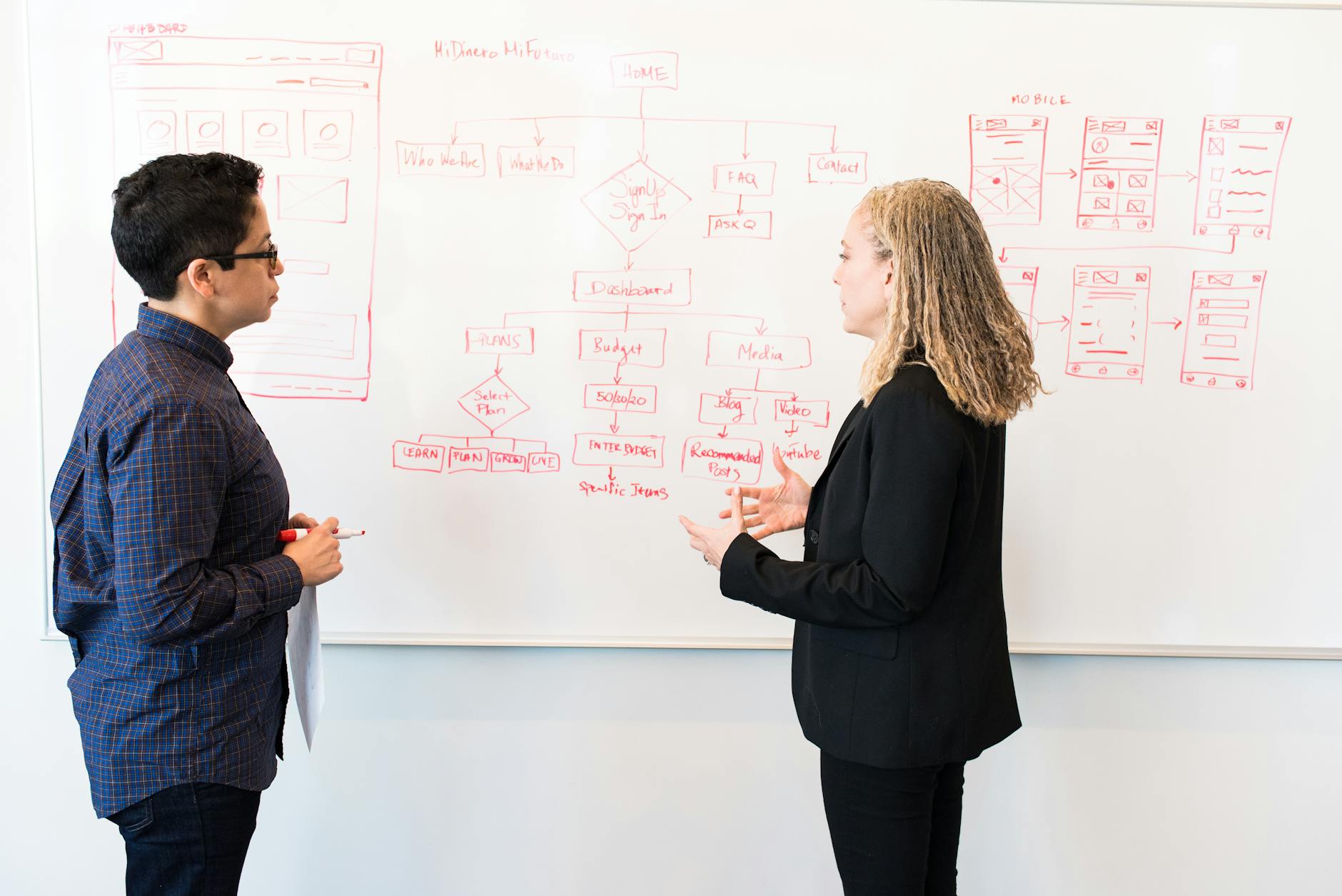What is notification management?

What is notification management?
In our fast-paced digital world, notifications are like the sirens of productivity; they can either guide us or distract us. Notification management is the art of controlling these alerts to enhance our efficiency and maintain focus. With countless apps vying for our attention, managing these notifications effectively has become crucial for achieving a balance between work and life.
Understanding Notification Management
At its core, notification management is about streamlining the alerts we receive on our devices. It enables individuals to filter out unnecessary distractions while ensuring they stay informed about important updates. Effective notification management can significantly boost productivity by allowing users to focus on what truly matters.
What Are Notifications?
Notifications come in various forms. They can be messages from social media apps, reminders for meetings, or alerts about new emails. Each type serves a specific purpose, whether it’s to inform, remind, or engage users. For example, a push notification from a news app might alert you about breaking news, while a reminder from a calendar app prompts you about an upcoming event. Understanding the different types of notifications can help in tailoring management strategies that best suit your needs.
The Need for Notification Management
Why is it essential to manage notifications? Picture this: you’re deep into a project, and suddenly, a flurry of notifications interrupts your concentration. This constant barrage can lead to decreased productivity and heightened stress. With effective notification management, you can prioritize alerts, allowing you to focus on tasks without unnecessary interruptions. It’s about making sure you’re in control, rather than being controlled by your device.
Key Components of Notification Management
To create an effective notification management system, several key components must be considered.
Prioritization of Notifications
Not all notifications hold the same weight. Some require immediate attention, while others can wait. Developing a system to prioritize notifications based on urgency can drastically improve your workflow. For instance, urgent emails or messages from your supervisor should be flagged as high priority, while social media alerts can be set aside for later.
Customizing Notification Settings
Every individual has unique preferences regarding notifications. Customizing your settings allows you to tailor the alerts you receive to fit your lifestyle. You might choose to mute notifications during work hours or only receive alerts from specific apps. This customization ensures that you only engage with notifications that are relevant to you at any given moment. As seen in this article on The Workstream, setting boundaries for notifications can significantly boost your productivity.
Using Do Not Disturb Modes
Most devices offer a ‘Do Not Disturb’ feature, which can be a lifesaver during critical tasks or meetings. Activating this mode silences all notifications for a designated period, enabling you to work uninterrupted. This simple action can allow you to enter a state of flow, where concentration is deep and productivity is maximized.

Photo by Christina Morillo
Tools and Strategies for Notification Management
In the quest for effective notification management, various tools and strategies can make a significant difference.
Notification Management Apps
There are several apps designed to help manage notifications effectively. For example, FilterBox records all notifications and allows users to search through them, ensuring that nothing important is missed. These apps can help consolidate notifications and allow for smoother management.
Effective Time Management Strategies
In addition to notification management apps, utilizing time management techniques can complement your efforts. Techniques like the Pomodoro Technique, where you work in focused bursts followed by short breaks, can help you allocate time to check notifications without sacrificing productivity.
Best Practices for Effective Notification Management
Implementing best practices can lead to successful notification management.
Setting Boundaries
Establishing clear boundaries is crucial for managing notifications effectively. This means deciding when and where you will engage with notifications, both personally and professionally. For instance, you might decide not to check work emails after a certain hour, allowing you to unwind without distractions.
Regular Review and Adjustment of Notification Preferences
Your notification preferences should not be static. Regularly reviewing and adjusting your settings can help you stay aligned with your current needs. As your projects and responsibilities evolve, so should your approach to notifications. This practice ensures that you’re always in control and can adapt to changes effectively.
Conclusion
In conclusion, notification management is a powerful strategy for enhancing productivity and maintaining a healthy work-life balance. By understanding the different types of notifications, prioritizing them, and utilizing effective tools and strategies, you can take charge of your digital environment. Remember to set boundaries and regularly review your preferences to ensure that your notification management system continues to serve you well. Embrace these practices, and you’ll find yourself more focused, less stressed, and ultimately more productive.